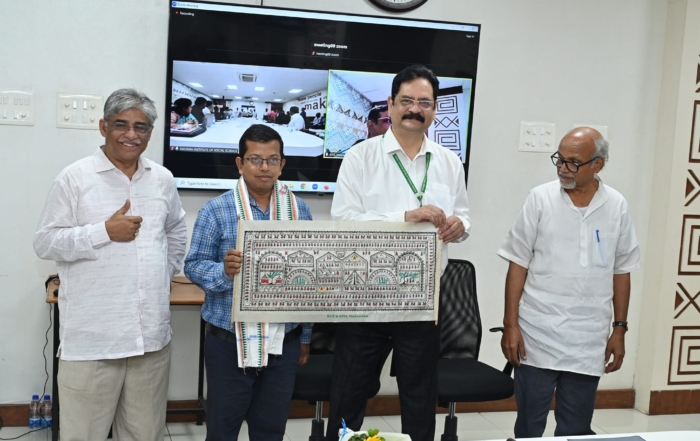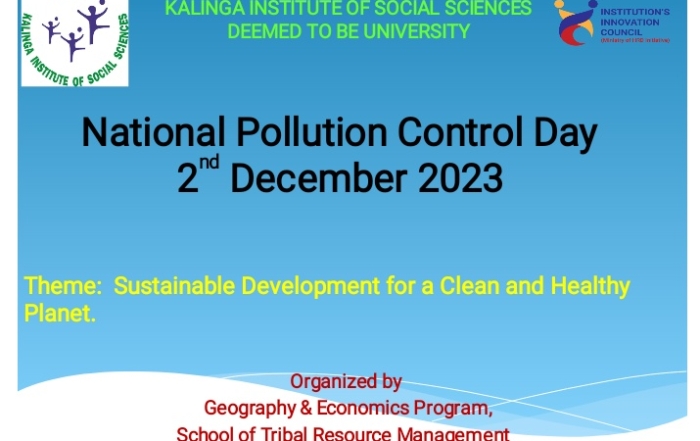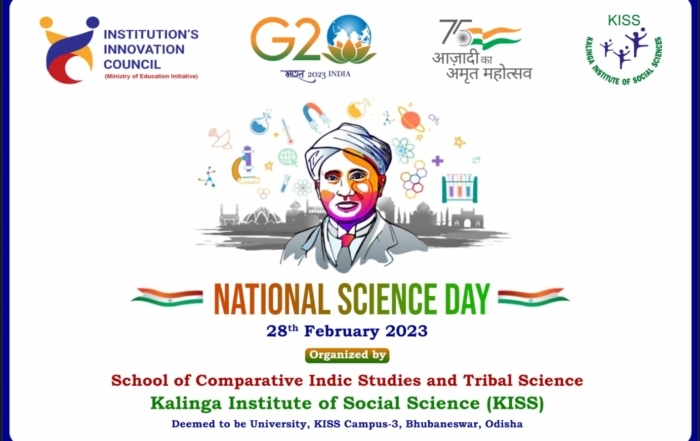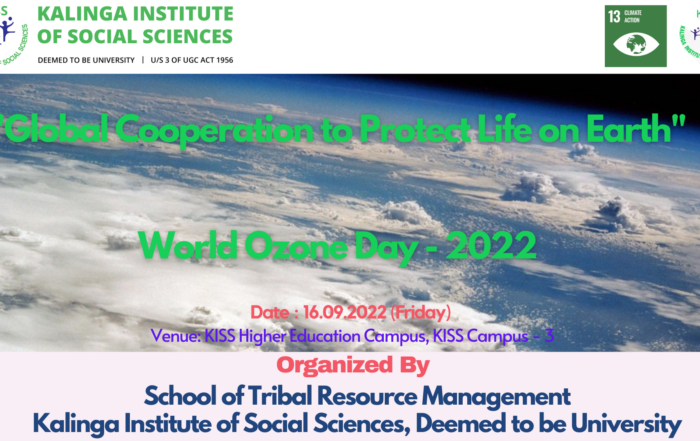SDG 15: Protect, restore and promote sustainable use of terrestrial ecosystems, sustainably manage forests, combat desertification, and halt and reverse land degradation and halt biodiversity loss
- Ensure the conservation, restoration and sustainable use of terrestrial and inland freshwater ecosystems and their services, in particular forests, wetlands, mountains and drylands, in line with obligations under international agreements
- Promote the implementation of sustainable management of all types of forests, halt deforestation, restore degraded forests and substantially increase afforestation and reforestation globally
- Combat desertification, restore degraded land and soil, including land affected by desertification, drought and floods, and strive to achieve a land degradation neutral world
- Ensure the conservation of mountain ecosystems, including their biodiversity, in order to enhance their capacity to provide benefits that are essential for sustainable development
- Take urgent and significant action to reduce the degradation of natural habitats, halt the loss of biodiversity and, by 2020, protect and prevent the extinction of threatened species
- Promote fair and equitable sharing of the benefits arising from the utilization of genetic resources and promote appropriate access to such resources, as internationally agreed
- Take urgent action to end poaching and trafficking of protected species of flora and fauna and address both demand and supply of illegal wildlife products
- introduce measures to prevent the introduction and significantly reduce the impact of invasive alien species on land and water ecosystems and control or eradicate the priority species
- integrate ecosystem and biodiversity values into national and local planning, development processes, poverty reduction strategies and accounts
Activities Undertaken
- Sensitizing 1 lakh tribal parents to restore degraded forests, and reverse loss of natural habitats and the extinction of threatened species.
- Creating an environment of anti-poaching and living in harmony with wild animals among students
- Conducting frequent afforestation and plantation drives to encourage students and community members to develop a green thumb and to appreciate nature.
- Engaging nearly 40,000 tribal students, teachers, employees and volunteers in plantation drives across Odisha and primarily in tribal areas.
- Maintaining a green and clean campus with flowers and de-odourising, naturally anti-septic plants.
- KISS-DU incorporates courses on Ecology and Wildlife; Animal Physiology and Biochemistry; Ethno Medicinal System; Tribal Livelihood and Horticulture; Plant Anatomy.
- Research Centre for Sacred Groves has been established, dedicated to preserving indigenous biodiversity, protecting traditional lands, and conserving sacred groves—a critical part of indigenous cultural heritage.
Research Focused on SDG15
- Conservation of Biodiversity in Tribal Areas: Conservation Strategies for Biodiversity in Tribal Regions: Integrating Traditional Knowledge and Modern Practices
- Sustainable Forest Management: Sustainable Forest Management in Tribal Areas: Balancing Livelihoods and Conservation
- Impact of Deforestation on Tribal Communities: Understanding the Impact of Deforestation on Tribal Livelihoods and Ecosystems
- Restoration of Degraded Lands: Restoration of Degraded Lands in Tribal Areas: Approaches and Challenges
- Role of Tribal Communities in Wildlife Conservation: The Role of Tribal Communities in Wildlife Conservation: Case Studies from India
- Human-Wildlife Conflict- Addressing Human-Wildlife Conflict in Tribal Areas: Strategies for Coexistence
- Climate Change and its Impact on Forest Ecosystems– Assessing the Impact of Climate Change on Forest Ecosystems in Tribal Areas
- Sustainable Agriculture and Land Use– Promoting Sustainable Agriculture and Land Use in Tribal Areas to Conserve Biodiversity
- Role of Women in Environmental Conservation– Empowering Tribal Women in Environmental Conservation: Exploring Roles and Impacts
- Preservation of Sacred Groves- Preservation of Sacred Groves in Tribal Communities: Cultural Significance and Conservation Benefits
- Community-Based Conservation Initiatives- Evaluating Community-Based Conservation Initiatives in Tribal Areas: Successes and Challenges
- Invasive Species and Their Impact on Ecosystems- Assessing the Impact of Invasive Species on Ecosystems in Tribal Areas: Management Strategies and Challenges
- Sustainable Livelihoods and Ecosystem Conservation- Linking Sustainable Livelihoods to Ecosystem Conservation in Tribal Communities
- Impact of Mining and Industrial Activities on Tribal Lands- Assessing the Environmental Impact of Mining and Industrial Activities on Tribal Lands.
- Biodiversity Hotspots in Tribal Regions- Identifying and Conserving Biodiversity Hotspots in Tribal Areas: Strategies and Challenges
- Sustainable Livelihoods and Indigenous Practices- Leveraging Indigenous Knowledge Systems for Sustainable Livelihoods in Tribal Areas







